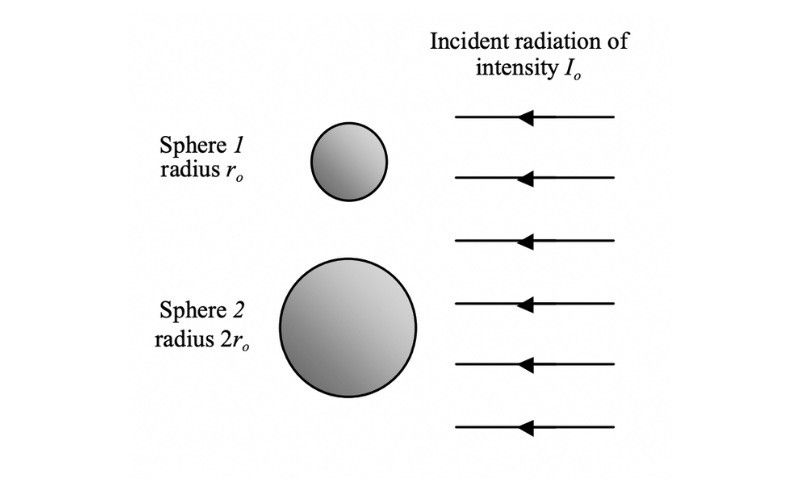Advanced Guiding Question
Does life exist on other planets?
Big Idea 2.1
Educator Background
-
While scientists have explored planets and moons in our solar system for signs of life, and have confirmed over 5000 exoplanets (planets outside of the solar system), no life has been discovered outside of the Earth environment. When scientists look for extraterrestrial life, they look for evidence of the basic elements required for biological life as we know it on Earth. These elements include oxygen, hydrogen, nitrogen, and phosphorus and chemical energy molecules (glucose and ATP). Because the life we know of here on Earth requires water to survive, scientists also look for planets with the potential to have liquid water. The life we expect to encounter may resemble the earliest forms of life on Earth, bacteria, for example. This is because, of all organisms, bacteria has existed on Earth since nearly its formation. Bacteria is the most common and ancient organism on Earth, and scientists hypothesize that to be the case elsewhere.
-
Learning Constraints
At this level, students continue to investigate Earth's systems and how they interact with one another (HS-ESS2-2,7) and recognize that water plays a critical role in all of Earth's systems (HS-ESS2-5). Students further explore how life evolved on Earth by studying the chemical energy molecules involved in photosynthesis (HS-LS1-5, 7) and investigating the molecules needed to construct DNA, for example, proteins (HS-LS1-6).
-
Connect to Heliophysics
Connect to the Sun by emphasizing that life on Earth has co-evolved with Earth's systems and that the Sun plays a critical role in the evolution of Earth and life on Earth. Even before scientists look at planets that could potentially host life, they first look at the host star. The Sun is a medium-sized star, which allows it to live a longer lifespan (~15 billion years), giving time for life on Earth to evolve. Larger mass stars live shorter lives (sometimes only millions of years), which is not adequate time for life to take hold on a planet, and produce huge amounts of harmful radiation, which life cannot tolerate.
-
Extend Exploration
Extend student exploration by having them investigate other planetary systems and compare them to the solar system.
-
Differentiate for Beginner Learners
Support beginner students with detailed food webs to show how energy and matter move through an ecosystem (MS-LS2,3).
-
Differentiate for More Advanced Learners
Challenge students at the next level to further explore how Earth and life co-evolved, for example the relationship of photosynthesis and cellular respiration (the products of one process are the reactants of the other).

Recommended Resources
Explore this guiding question with these featured advanced level resources.
Heliophysics Resource Database
Use the guiding question above to explore resources at this level or go directly to our database to search for resources by level, NGSS performance expectation, topic, and mission.
Resource Database






























